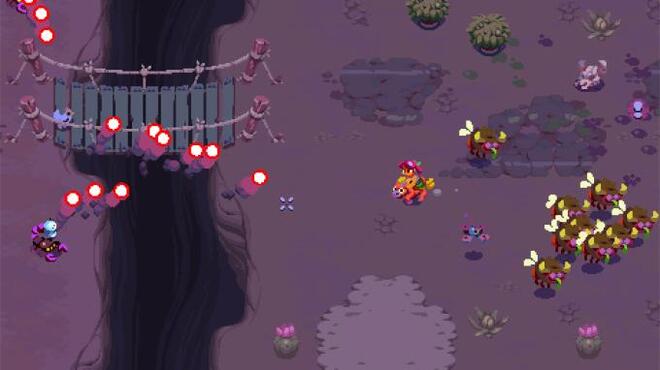

The history of the IAEA, our history, begins here.And that is our job: to control that this does not happen. The risk, of course, is that at some crucial stages, nuclear material can be diverted to produce nuclear weapons or so-called dirty bombs. From the mining of ore to the reprocessing or disposal of spent fuel, the uranium fuel cycle is the backbone of the nuclear industry. At the heart of this technology is the nuclear fuel cycle - which is today based on uranium.A technology that presents a wealth of wonderful opportunities for mankind and, at the same time, same of serious risks. In a way, this duality expresses the essence of nuclear technology.A high-tech future made up of cheap energy and boundless opportunities for mankind. The development of nuclear technologies also generated hugely positive, if naïve, expectations amongst the public. Yet, since its beginning the nuclear age has not only been ‘fear of the bomb’.50 years spent in fear of annihilation of human life on earth.

These horrible events were followed by 50 years of Cold War. In both cities, the overwhelming majority of the dead were civilians. By the end of 1945, the two devices killed as many as 140,000 people in Hiroshima and 80,000 in Nagasaki. The first bomb was made with enriched uranium, the second one with plutonium. " Little Boy" was dropped on the city of Hiroshima on August 6, 1945, followed on Augby the detonation of " Fat Man" over Nagasaki. Two nuclear devices were used toward the end of World War II. The absolute nightmare we all want to stop happening again. As an independent international agency affiliated to the United Nations, the IAEA is the world’s centre for nuclear co-operation and works to ensure the safe, secure and peaceful use of nuclear technologies.


 0 kommentar(er)
0 kommentar(er)
